Robin Reigi Teaching at FIT Fall 2025
SHARING MATERIALS KNOWLEDGE WITH THE NEXT GENERATION
This fall, Robin Reigi has joined the faculty at the Fashion Institute of Technology in New York to teach Materials in a Sustainably Built Environment. The course begins on August 25, 2025, and is part of FIT’s Interior Design AAS Degree Program.
Robin developed the course to help students understand how to select materials and finishes with environmental and societal responsibility in mind. Alongside traditional and natural materials, students will explore new and innovative processes that meet both performance and sustainability goals.
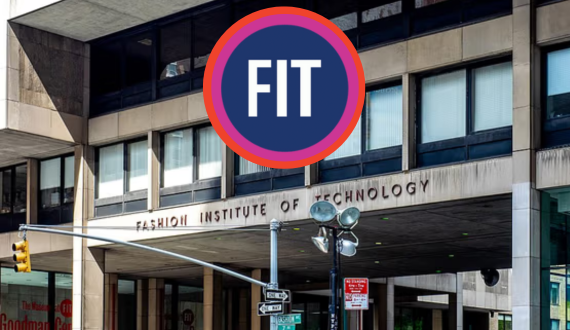
ABOUT THE COURSE
ID 175 — Materials in a Sustainably Built Environment introduces students to the real-world process of researching, sourcing, and evaluating finishes and furnishings. Each project is approached through the lens of environmental responsibility, health, safety, and social impact.
Students will study the technical aspects of materials and apply this knowledge to various design challenges. They will evaluate selections based on aesthetics, performance, and universal design, while also considering fair labor practices and life cycle impacts. The course emphasizes making informed choices that align with the design intent and broader values of sustainability.
“FIT has always been a place where design and real-world application meet. I’m excited to guide students as they connect what they learn in the classroom with the decisions they’ll make in practice.”
Robin Reigi
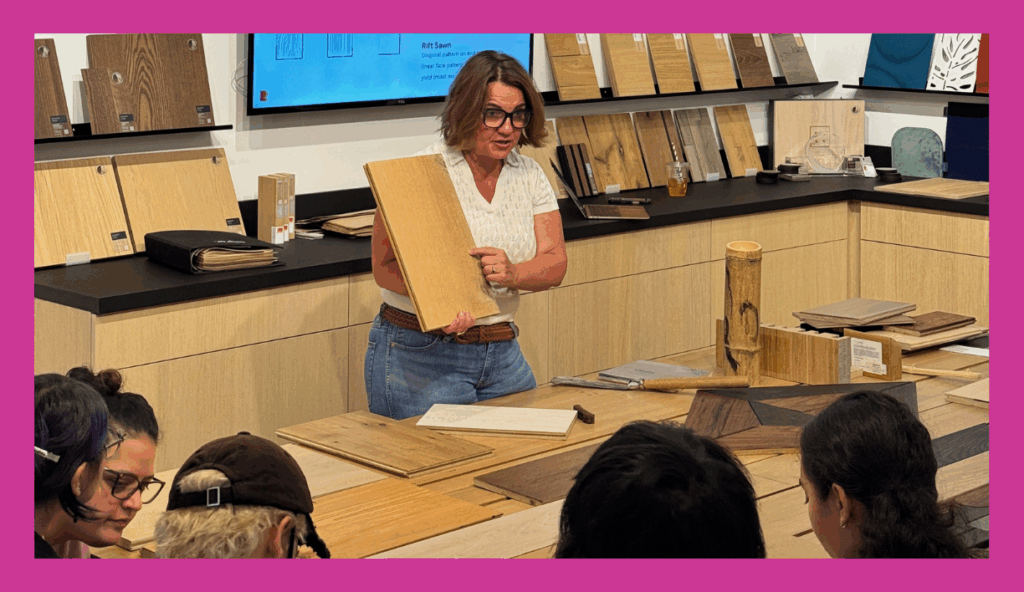
WHAT STUDENTS WILL EXPERIENCE
Class time will combine lectures, hands-on lab work, and direct engagement with the design industry. Students will analyze product certifications, examine real material samples, and explore both established and emerging products.
They will keep weekly journals to document resources, material samples, and insights gained from class and fieldwork. This archive will serve as a personal toolkit they can reference throughout their careers.
The course will also include showroom visits, fabrication shop tours, and guest speakers. These interactions provide students with the opportunity to connect with industry professionals, learn about manufacturing processes, and gain insight into how products are brought to market.
“When students get to touch, test, and compare materials, it changes the way they think about design. Those moments in the lab or on a tour stick with you far longer than anything you merely experience digitally.”
Robin Reigi
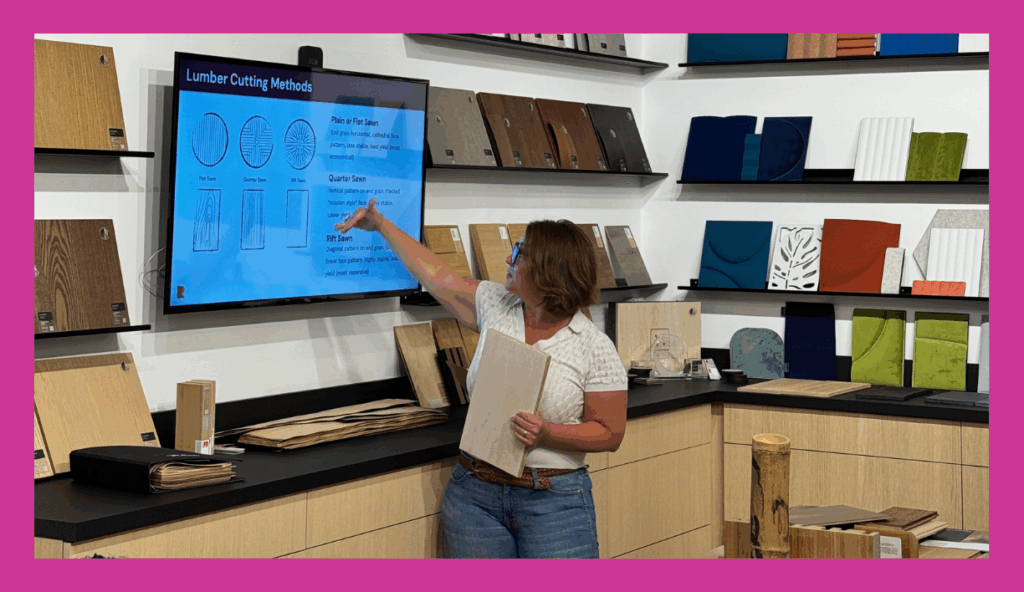
LEARNING OUTCOMES
By the end of the semester, students will be able to analyze, evaluate, and specify finishes, furnishings, and equipment for projects. They will know how to balance performance criteria, sustainability, budget, and the needs of future occupants of the space.
They will also gain the ability to compare materials based on science, fabrication processes, installation methods, and maintenance requirements. The semester will culminate in a Material Finishes plan, accompanied by a legend that demonstrates how materials can work together to support a design concept.
“I want them to leave this course with a toolkit they can rely on—knowledge, resources, and relationships that will support their careers for years to come.”
Robin Reigi
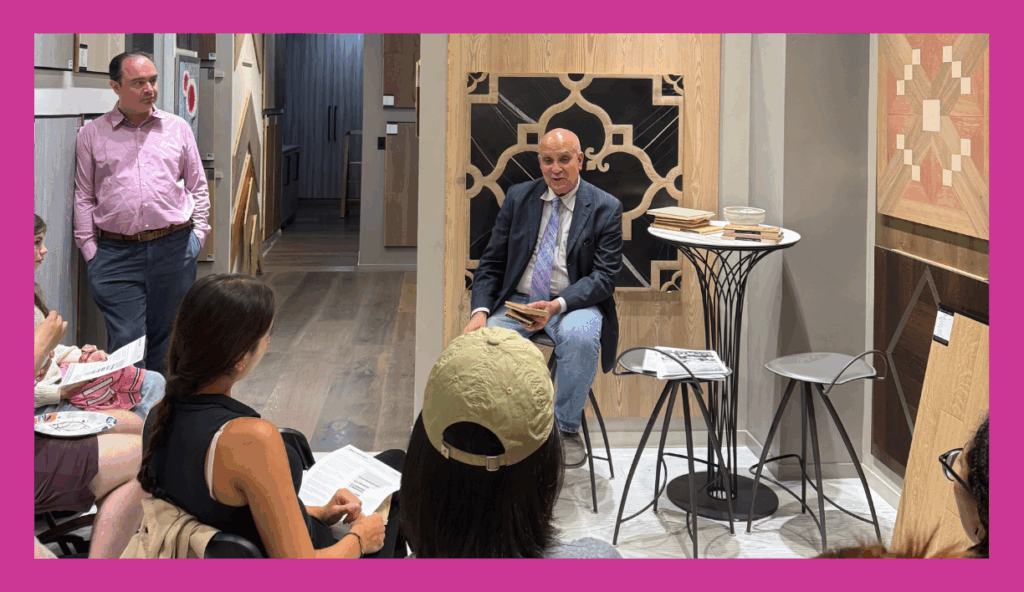
WHY THIS COURSE MATTERS
With decades of experience helping architects and designers source innovative materials, Robin understands the value of having strong materials knowledge early in a designer’s career. Selecting products that meet technical requirements, budget considerations, and sustainability standards is an essential skill in today’s profession.
The Fashion Institute of Technology is known for preparing students with the skills and perspective they need to succeed in the design industry. This course supports that mission by equipping students with practical tools for making informed, responsible material choices.
“This class is about more than knowing what’s on the market. It’s about giving students the skills and confidence to select materials that perform well, respect the planet, and meet the needs of the people who will live and work in the spaces they design.”
Robin Reigi
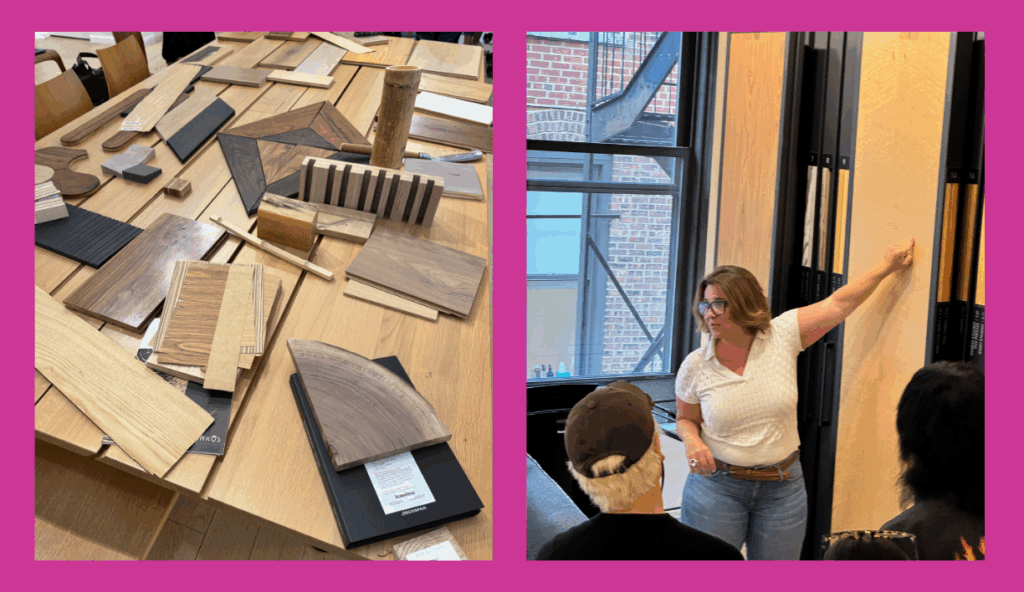
LOOKING AHEAD
Robin views this teaching role as an opportunity to share her knowledge with the next generation of designers. Her aim is for students to graduate with more than technical expertise. She hopes they will also develop the confidence to advocate for materials and finishes that are both responsible and beautiful.
As sustainability continues to shape the built environment, courses like Materials in a Sustainably Built Environment help ensure that tomorrow’s designers are ready to meet that challenge.
“Sustainability isn’t a trend—it’s a baseline expectation for how we design and build. My goal is to help students see environmental and social responsibility as integral to the design process, not an afterthought.”
Robin Reigi
